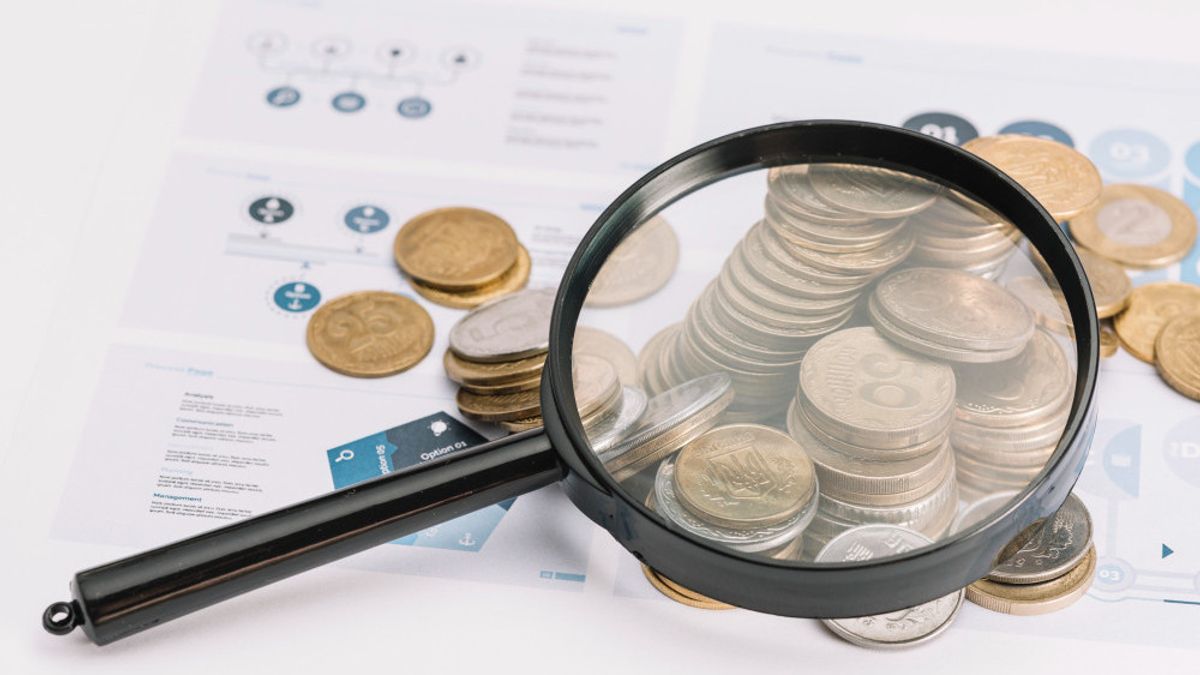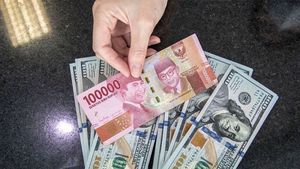YOGYAKARTA - In the world of Finance, there are usually two types of dividends received by companies and shareholders: interim dividends and regular dividends. Regular dividends, sometimes referred to as final dividends, are paid regularly, like monthly or quarterly. So interim dividends are?
In contrast, interim dividends are special payments made by several companies between those periods to help shareholders address seasonal fluctuations or deal with major changes in their business operations. We will define interim dividends and discuss examples and how to calculate them.
Interim dividends are dividend payments made before the company's annual general meeting and before the release of the final financial statements.
The dividends announced usually accompany the company's interim financial statements and are paid monthly or quarterly. The Board of Directors of the company announced interim dividends, but final approvals must be given by shareholders.
Interim Dividend Calculation
Consider a company called ABC which distributed an interim dividend of IDR 2.50 per share on December 31, 2016. Because it is an interim dividend, 50% is tax-free and 50% is tax-free. This means that each shareholder will receive IDR 1.25 in cash and IDR 0.25 will be added to the adjusted base of costs for the shares owned on December 31, 2016 (IDR 1.25 x 0.50 = IDR 0.63).
The concept of interim dividends is available to give investors a way to continue to accept revenue among regular cash dividend payments. In most cases, the company will pay smaller installments over certain times of the year, not at the end of the year.
However, some companies choose to share all their dividends each year while others may not share them at all. That depends on the unique financial needs and objectives of each company. In some cases, accepting deposits can more often reduce stock prices while making it difficult for other investors to enter into investment positions because of market volatility during that period.
Why is the interim dividend paid?
Interim dividends are a partial or full dividend paid by the company to shareholders before submitting its annual report for tax purposes. When the company pays interim dividends, it means that for tax purposes, their taxable income is considered zero for a fraction of the year. This reduces their tax debt. Paying interim dividends also increases profit per share (EPS) in a half-year period, which can have a positive impact on stock prices. Companies can decide to issue one or more interim dividends each year based on internal calculations and external market factors.
Can interim dividends be announced more than once?
Interim dividends can be announced more than once, although not all companies do. The company rarely announces interim dividends for one period and then pays them again in another period. Usually, if the company announces interim dividends but doesn't pay them right away. That will be paid for either (or both) of the different two times:
1) Other times they announce regular dividends or
2) At the end of their fiscal year.
How is the interim dividend funded?
Interim dividends are paid from retained earnings, which include profit for the previous financial year. Usually it doesn't pay off from profit for the year because the same thing won't be fully realized when the interim dividend is announced.
So after knowing the interim dividend is, watch other interesting news on VOI, it's time to revolutionize news!
The English, Chinese, Japanese, Arabic, and French versions are automatically generated by the AI. So there may still be inaccuracies in translating, please always see Indonesian as our main language. (system supported by DigitalSiber.id)













